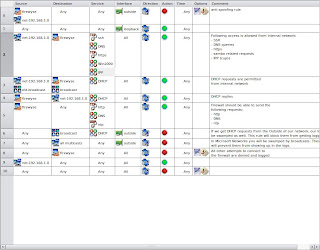The end of vinyl records
Vinyl records have been there for ages. My dad still has a couple of old records but he has no turntable anymore to play them. This is because _I_ claimed his turntable a long time ago, which he thought had become old fashioned. I started buying vinyl records about 12 years ago. I remember saving all my pocket money and buying the latest records with it, instead of visiting pubs with friends. I remember everyone thinking vinyl records belonged to the past and MP3's and CD's were taking over. In fact, this was not true. DJ's playing at parties and clubs never stopped buying records and from my experience, about 80% of their music came from plain old vinyl and a tiny 20% from other media like CD's or MP3's. The reasoning behind this is simple, if you wanted something new, something not popular (yet), you bought it on vinyl. If it became popular, some record company would probably be so kind to put it on some CD and sell it. But then again, ages, if not decades ( :) ) ...

